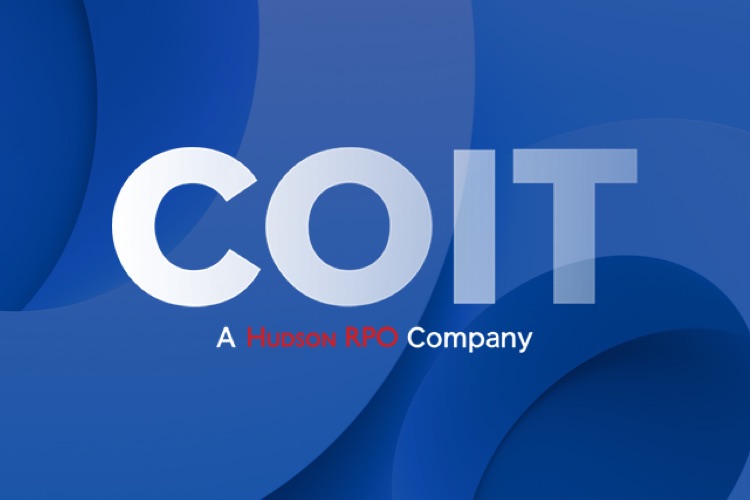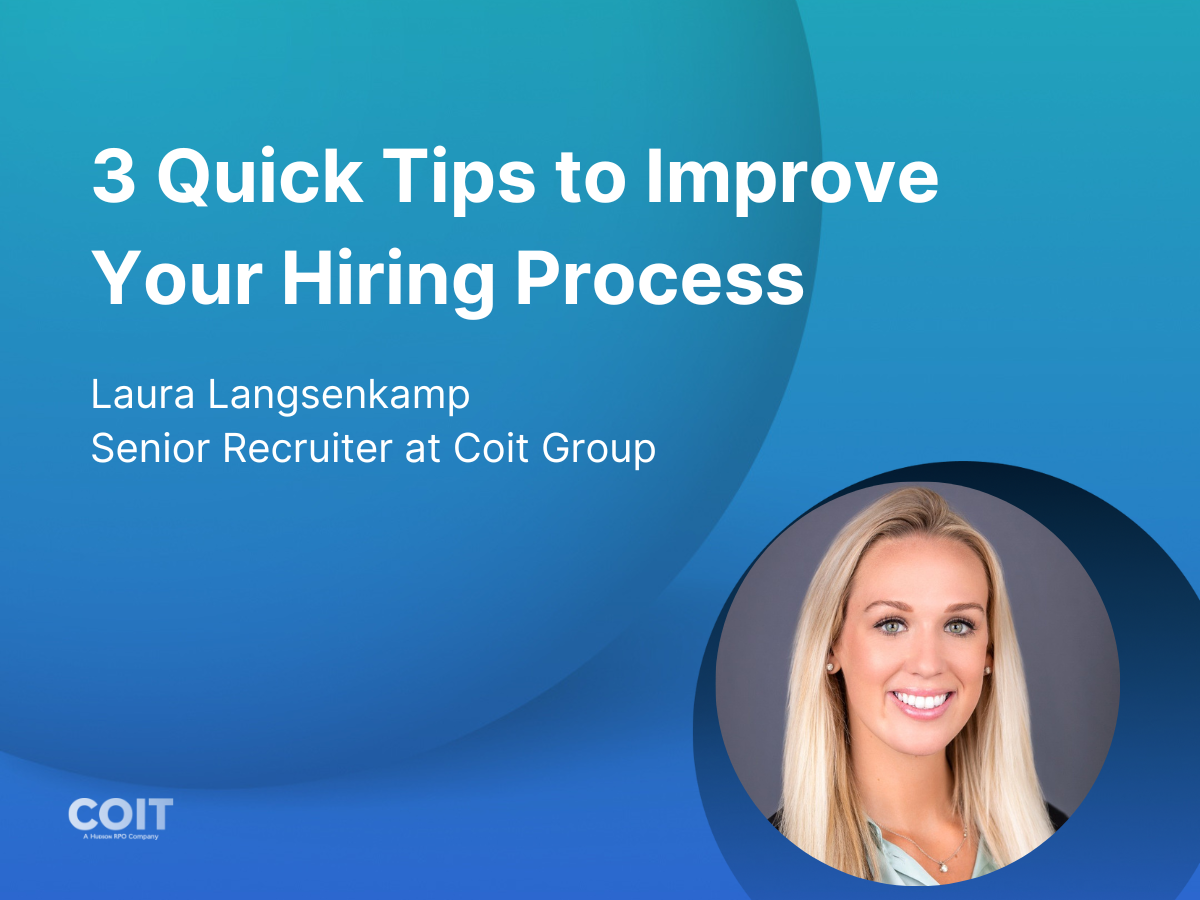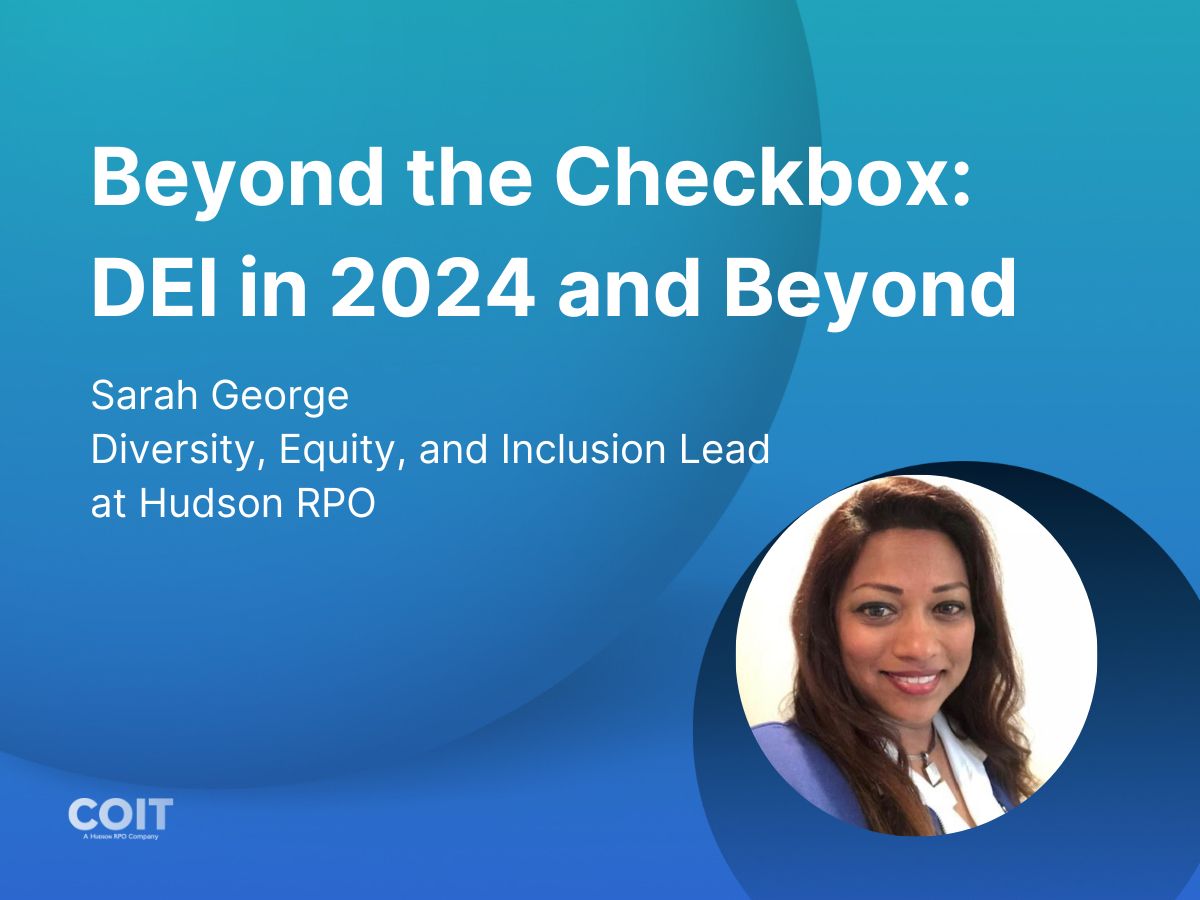A strong employer brand is crucial to attracting top talent. But what exactly is an employer brand, and how can you develop one? In this article, we’ll cover everything from the first steps of creating an employer branding strategy to developing messaging and building a budget for your efforts. Plus, we’ll go over some proven tactics that have worked for others just like you!
What is employer branding?
Employer branding is the process of creating a positive image of your company in the minds of candidates and future employees. It’s about building a reputation for your company that will attract top talent, so you can hire people who fit well with the company culture, are great at their jobs, and stay around for a long time.
What are the benefits of employer branding?
- Employer branding can help attract top talent
- Employer branding helps you communicate your brand and build trust with candidates
- Employer branding can help you attract candidates from different generations, who expect different things from their workplace than those of older generations do
- Employer branding can help you attract candidates from different locations
How to build an employer branding strategy
Employer branding is about creating a positive perception of your company in the minds of your target audience. It’s a strategic way to attract and retain top talent. In short, it’s not just about marketing; it’s about building a culture that attracts top talent.
If you want to develop an employer branding strategy, you first need to figure out who you want as candidates—and then how best to attract them.
The next step is identifying what makes your company unique, so you can communicate that information through an employer brand campaign that resonates with candidates and helps them connect with what they’ll be experiencing when they work at your company (or partner with yours).
Step 1: Understand Your Employer Brand
To determine your employer brand, you first need to understand what an employer brand is. An employer brand is the way people perceive your organization as a place to work, and it’s made up of a number of different components. It includes:
- What you do (i.e., the products or services offered by your company)
- Why you do it (your mission statement)
- Who does it (the types of people who work for your organization)
Step 2: Identify Your Ideal Candidate Personas
Personas are fictional characters that represent your ideal candidate. Developing personas will help you build a more targeted brand and marketing strategy, as well as guide your talent acquisition process.
Personas can be broken down into two categories: internal and external. Internal personas represent people who already work for the organization, while external ones identify potential candidates from the outside world.
Internal Personas
If you have an internal recruiting department or even just a few people who interact with candidates on a daily basis, chances are they know what it’s like to work at your company better than anyone else in the organization does—so ask them! Pull together everyone who works directly with candidates every day (HR recruiters and managers) to get their input on what makes an ideal candidate for your position openings. Depending on how many people participate in this exercise, you might need to do multiple iterations before coming up with a solid list of internal personas (and don’t worry if there’s only one persona here—that’s okay too!).
Step 3: Define Your Employee Value Proposition
The employee value proposition is the most important component of your employer brand. This statement describes what makes you an attractive place for employees to work, and ultimately, why people should choose to work at your company over other options in the industry.
The best way to define your employee value proposition is by asking yourself: What do companies in our industry offer that we can’t? Or, what can we offer that they don’t? Based on the answers to these questions, develop a statement that articulates how your organization will stand out from the rest of its competitors.
Step 4: Audit Your Employer Branding Efforts
- Audit your employer branding efforts.
- Review your employer brand strategy and content, campaigns, tools, marketing and sales activities and partner program.
Step 5: Create Your Employer Branding Plan and Budget
The fifth step to developing your employer branding strategy is to create your employer branding plan and budget.
- What is the employer branding plan?
An employer branding plan outlines the steps you’ll take to promote your company as an employer of choice, in addition to identifying ways to measure its effectiveness. You can use this document as a guide when creating and implementing marketing strategies related to recruiting new talent, communicating with employees and improving internal communications.
- What is the employer branding budget?
An employer branding budget outlines how much money you’re spending on developing an effective brand strategy for attracting top talent—and it doesn’t have to be expensive! As part of this process, make sure that you consider all of the costs associated with creating materials like employee handbooks or intranet pages related specifically towards attracting great candidates for open positions within their respective departments/units (e.g., human resources).
Step 6: Promote Your Employer Brand and Develop Messaging Opportunities
- Social media
- Job boards. Many job boards allow you to post a job opening in a variety of ways, including some that are free. If you have your own career site, include links to it on the job board so that candidates can apply directly through your website.
- Your website and career site (if they’re separate). Make sure these sites are up-to-date with the latest information about your company and its culture, such as team member profiles, open jobs and other employment opportunities and events.
- Employer brand toolkit/employer brand content/employer brand video/employer brand print materials (if they exist). Use these assets as part of your recruiting efforts or at events like career fairs or info sessions where prospective employees will be interacting with people from your organization.
Developing a strong employer branding strategy will help you attract top talent.
To attract top talent, you’ll need a strong employer branding strategy. Employer branding has become an important part of the recruiting process, and businesses are investing more resources in it than ever before. However, while many companies are turning to social media and digital marketing tactics to attract talent, these methods alone won’t be enough. In fact, if your employer brand is not backed up by a strong strategy that considers both your internal culture and the needs of the candidates you hope to attract, you may end up hurting yourself instead of helping yourself when it comes time for them to choose who will be their next employer.
Employer Branding Is Not Just About You
The first step in developing an effective employer brand is understanding what hiring managers look for from employees; which skillsets are most important; where they see themselves going in five years or ten years; etcetera. This will allow you not only see gaps within your company but also ways it can learn from others outside its industry: one way might be by making sure everyone at all levels has access those who have experience working at other companies—an employee who brings this knowledge along with them when they join up helps create better overall communication among colleagues as well as make sure everyone understands how things work across different divisions within their organization (or even across organizations!).
In summary
When you develop an employer branding strategy and start implementing it, you’ll be on your way to attracting the ideal candidates for your organization. You’ll also be able to attract more qualified candidates and increase your overall brand awareness within the job market. Remember that it takes time, effort and resources to create a strong employer brand, but once you do so there are many benefits including increased employee engagement, higher retention rates and more referrals from employees who love working at your company!
Newsletter
Blog Categories
Recent Posts

[Tech x Talent Dashboard] It’s time to change DEI metrics and tactics
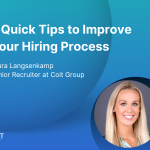
3 Quick Tips to Improve Your Hiring Process

Beyond the Checkbox: DEI in 2024 and Beyond

The Unexpected Secret to Effective Rapid Response Hiring

